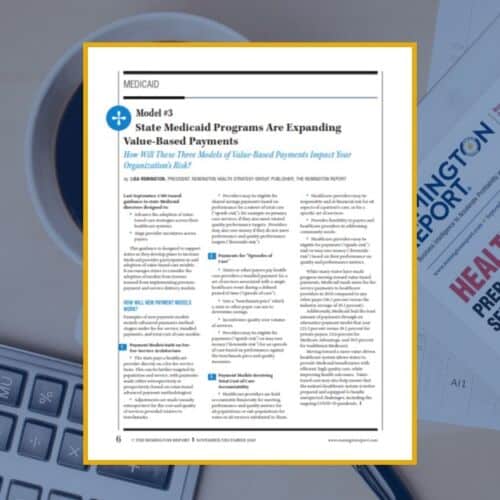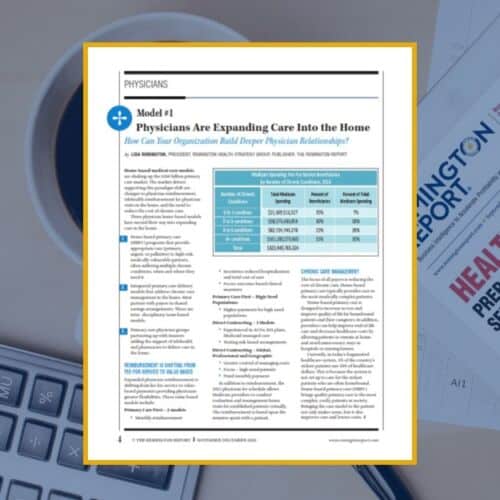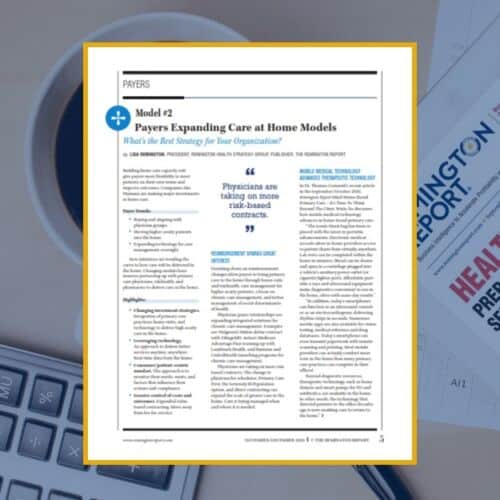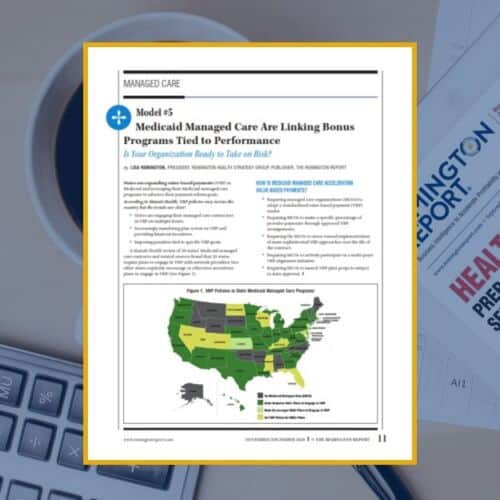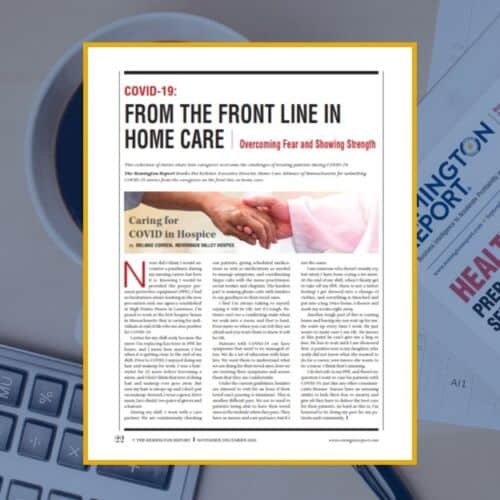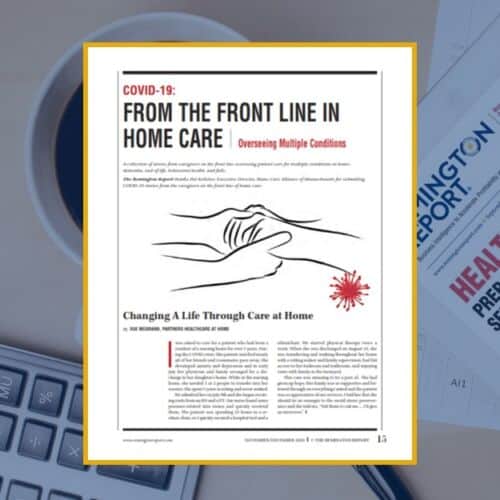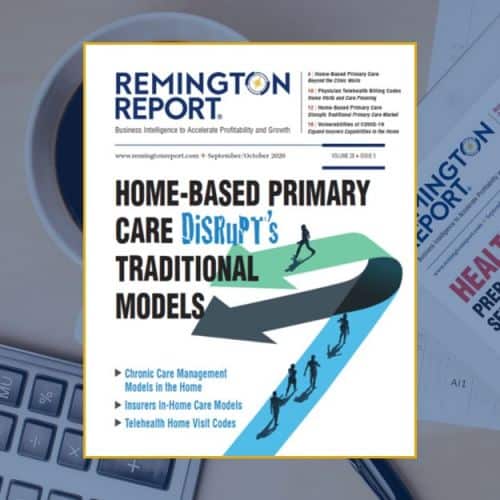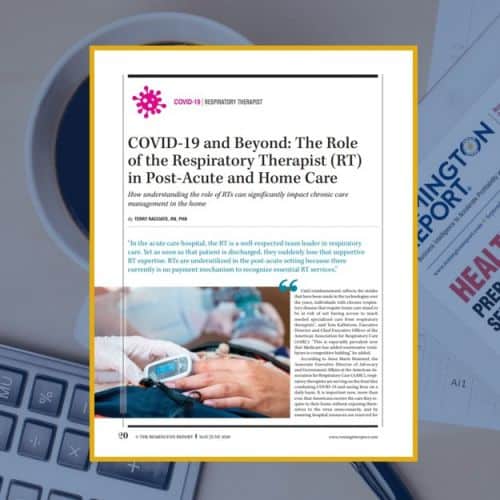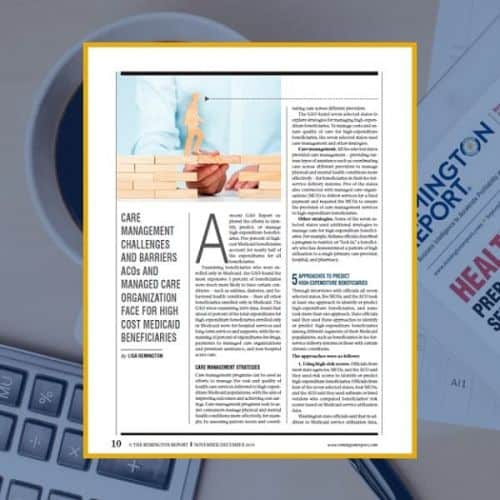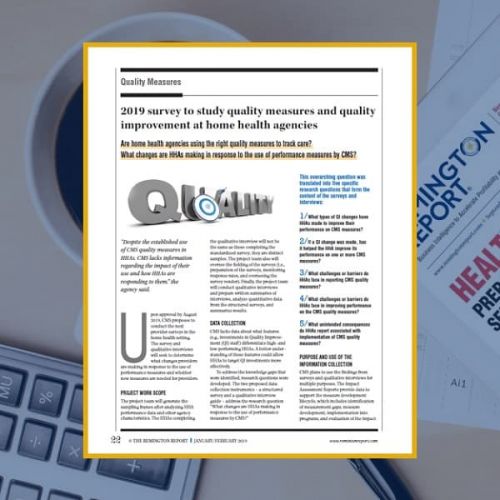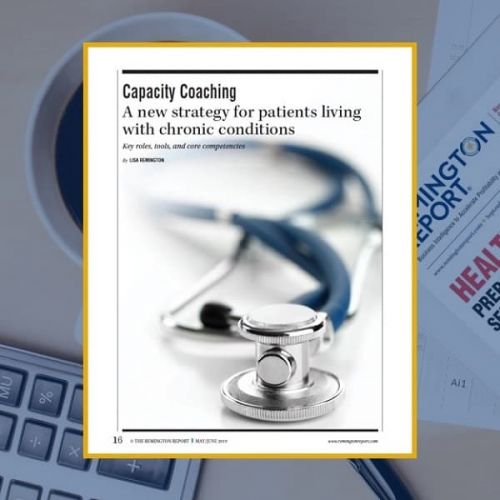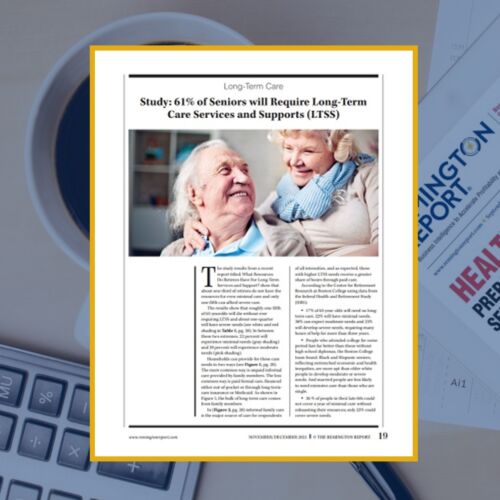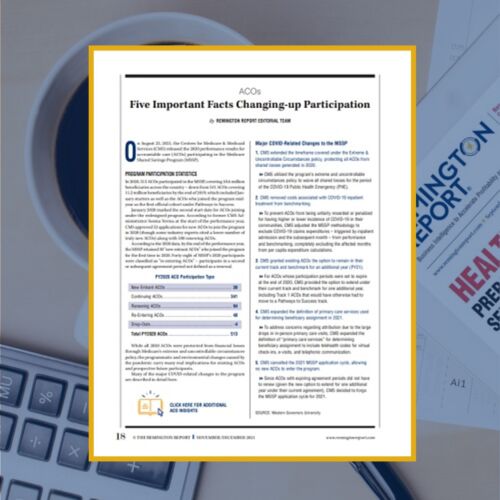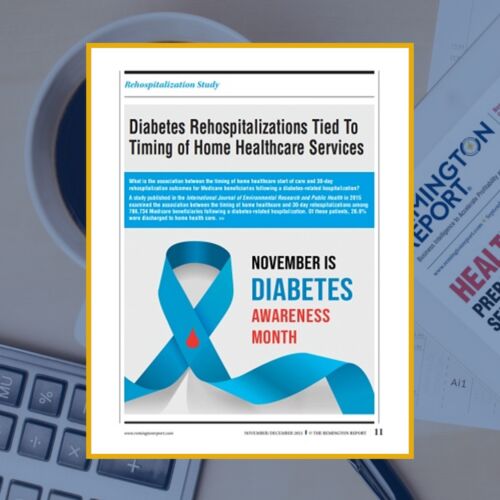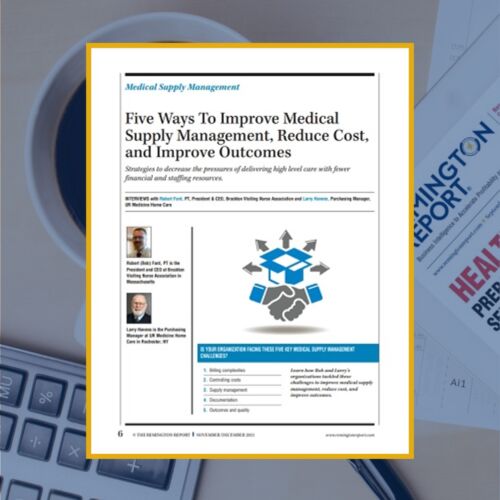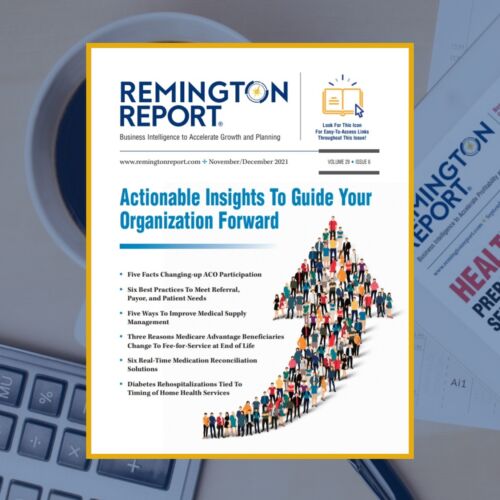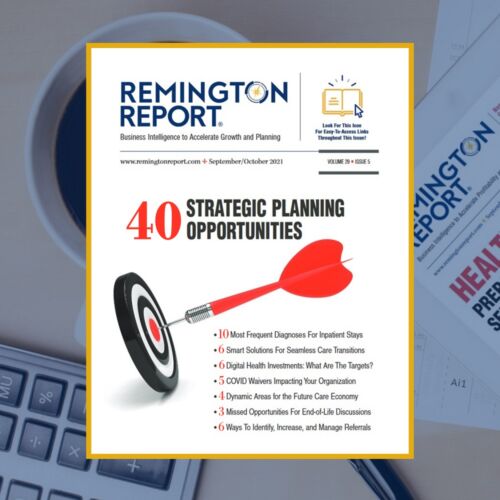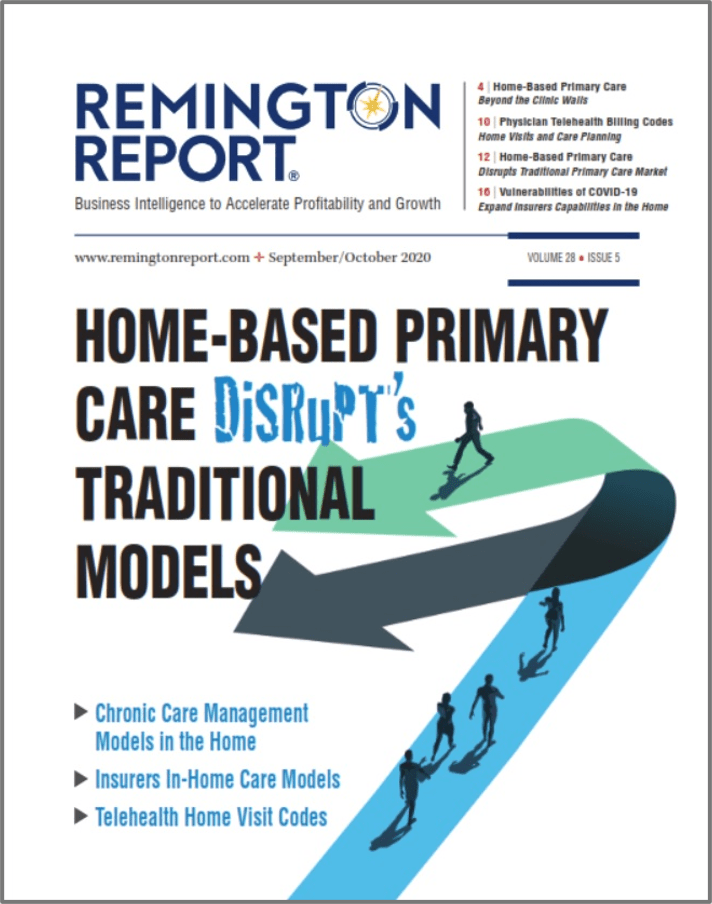-
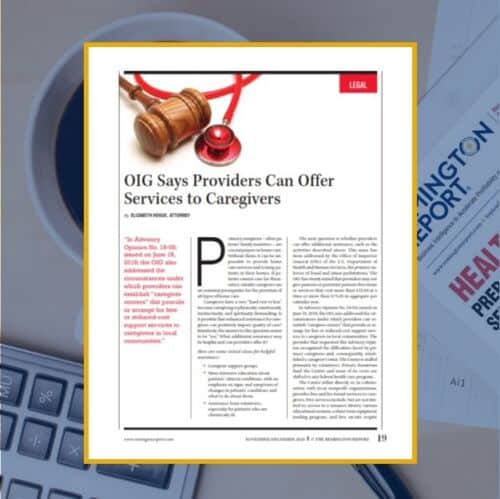 In Advisory Opinion No. 18-05; issued on June 18, 2018; the OIG addressed the circumstances under which providers can establish ?caregiver centers? that provide or arrange for free or reduced-cost support services to caregivers in local communities. This article is free to 1-Year Classic and 2-Year Premium subscribers.
In Advisory Opinion No. 18-05; issued on June 18, 2018; the OIG addressed the circumstances under which providers can establish ?caregiver centers? that provide or arrange for free or reduced-cost support services to caregivers in local communities. This article is free to 1-Year Classic and 2-Year Premium subscribers. -
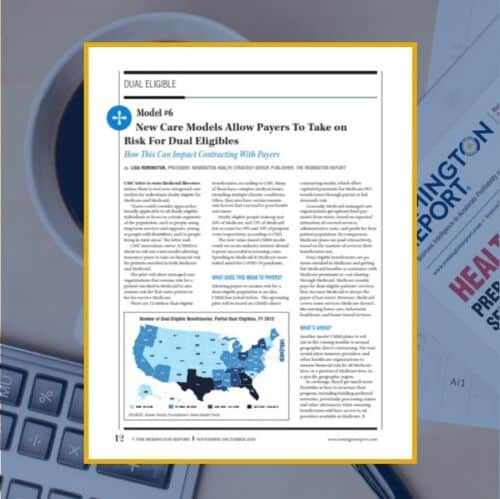 CMS' innovation center (CMMI) is about to roll out a new model allowing insurance plans to take on financial risk for patients enrolled in both Medicare and Medicaid. How will this affect payers? What other new models can you expect in the future? This article is free to 1-Year Classic and 2-Year Premium subscribers.
CMS' innovation center (CMMI) is about to roll out a new model allowing insurance plans to take on financial risk for patients enrolled in both Medicare and Medicaid. How will this affect payers? What other new models can you expect in the future? This article is free to 1-Year Classic and 2-Year Premium subscribers. -
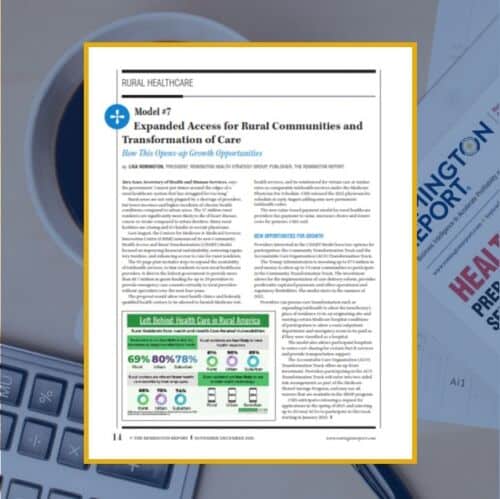 The Community Health Access and Rural Transformation (CHART) Model expands telehealth services, links residents to non-local healthcare providers, and provides more than $8.7 million in grant funding. What are the new opportunities for your organization? This article is free to 1-Year Classic and 2-Year Premium subscribers.
The Community Health Access and Rural Transformation (CHART) Model expands telehealth services, links residents to non-local healthcare providers, and provides more than $8.7 million in grant funding. What are the new opportunities for your organization? This article is free to 1-Year Classic and 2-Year Premium subscribers. -
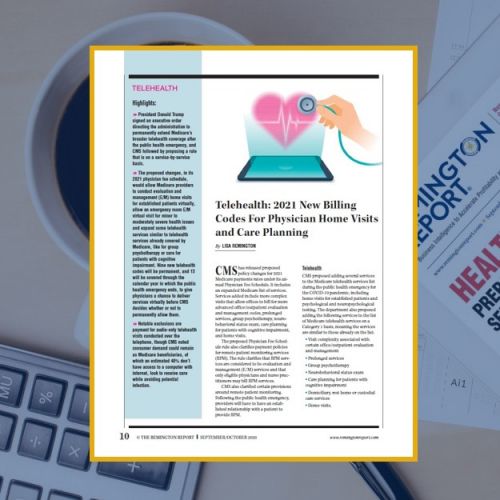 CMS has released proposed policy changes for 2021 Medicare payment rates under its annual Physician Fee Schedule. Telehealth codes allow physicians to bill for home visits and care planning. We dive into the codes and what they mean. This article is free to 1-Year Classic and 2-Year Premium subscribers.
CMS has released proposed policy changes for 2021 Medicare payment rates under its annual Physician Fee Schedule. Telehealth codes allow physicians to bill for home visits and care planning. We dive into the codes and what they mean. This article is free to 1-Year Classic and 2-Year Premium subscribers. -
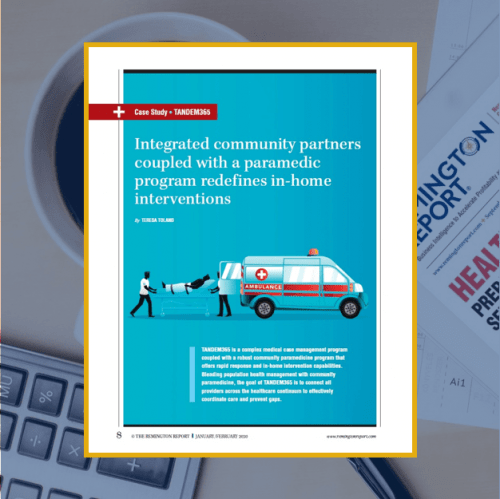 TANDEM365 is a complex medical case management program coupled with a robust community paramedicine program that offers rapid response and in-home intervention capabilities. Blending population health management with community paramedicine, the goal of TANDEM365 is to connect all providers across the healthcare continuum to effectively coordinate care and prevent gaps. This article is free to 1-Year Classic and 2-Year Premium subscribers.
TANDEM365 is a complex medical case management program coupled with a robust community paramedicine program that offers rapid response and in-home intervention capabilities. Blending population health management with community paramedicine, the goal of TANDEM365 is to connect all providers across the healthcare continuum to effectively coordinate care and prevent gaps. This article is free to 1-Year Classic and 2-Year Premium subscribers. -
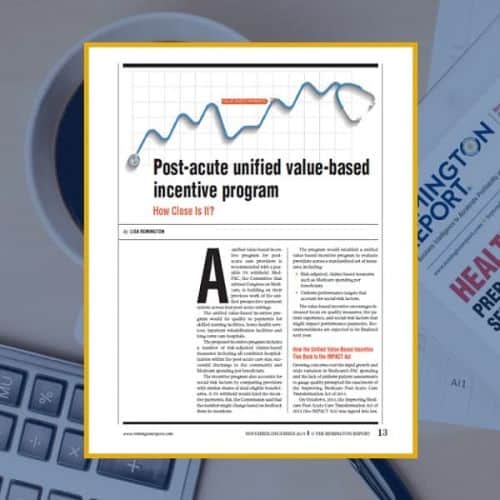 A unified value-based incentive program for post-acute care providers is recommended with a possible 5% withhold. Med-PAC is building on their previous work of the unified prospective payment system across four post-acute settings. This article is free to 1-Year Classic and 2-Year Premium subscribers.
A unified value-based incentive program for post-acute care providers is recommended with a possible 5% withhold. Med-PAC is building on their previous work of the unified prospective payment system across four post-acute settings. This article is free to 1-Year Classic and 2-Year Premium subscribers. -
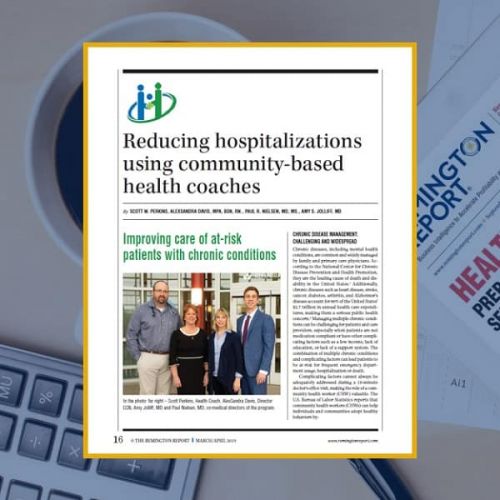 A recent study suggests health coaches could provide significant cost savings to patients and health systems, reduce patient hospitalizations and emergency department visits, improve patient health, and improve the quality of care for high-risk patient populations. This article is free to 1-Year Classic and 2-Year Premium subscribers.
A recent study suggests health coaches could provide significant cost savings to patients and health systems, reduce patient hospitalizations and emergency department visits, improve patient health, and improve the quality of care for high-risk patient populations. This article is free to 1-Year Classic and 2-Year Premium subscribers. -
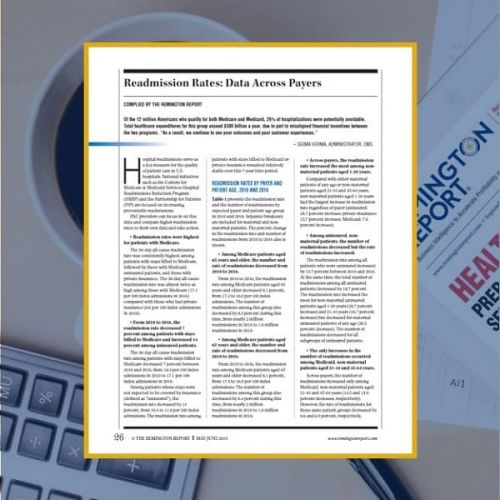 Of the 12 million Americans who qualify for both Medicare and Medicaid, 26% of hospitalizations were potentially avoidable. Total healthcare expenditures for this group exceed $300 billion a year, due in part to misaligned financial incentives between the two programs. This article is free to 1-Year Classic and 2-Year Premium subscribers.
Of the 12 million Americans who qualify for both Medicare and Medicaid, 26% of hospitalizations were potentially avoidable. Total healthcare expenditures for this group exceed $300 billion a year, due in part to misaligned financial incentives between the two programs. This article is free to 1-Year Classic and 2-Year Premium subscribers. -
 Eighty percent of ACOs reported using home visits for some of their patients, with larger ACOs more commonly using home visits. Under alternative payment models ? including accountable care organization (ACO) contracts ? providers may have greater motivation to improve care delivery for patients with complex clinical needs because they are responsible for the patients? total cost of care. This article is free to 1-Year Classic and 2-Year Premium subscribers.
Eighty percent of ACOs reported using home visits for some of their patients, with larger ACOs more commonly using home visits. Under alternative payment models ? including accountable care organization (ACO) contracts ? providers may have greater motivation to improve care delivery for patients with complex clinical needs because they are responsible for the patients? total cost of care. This article is free to 1-Year Classic and 2-Year Premium subscribers. -
 Telehealth is predicted to be the next big investment for seniors aging in place. The number of seniors requiring additional caregiving and support due to chronic disease will increase from about 14 percent of the senior population in 2010 to 21 percent by 2050, putting the pressure on healthcare providers to improve caregiving platforms. This article is free to 1-Year Classic and 2-Year Premium subscribers.
Telehealth is predicted to be the next big investment for seniors aging in place. The number of seniors requiring additional caregiving and support due to chronic disease will increase from about 14 percent of the senior population in 2010 to 21 percent by 2050, putting the pressure on healthcare providers to improve caregiving platforms. This article is free to 1-Year Classic and 2-Year Premium subscribers. -
 The Centers for Medicare & Medicaid Innovation (CMMI) recently announced five new payment models transforming?kidney care so that patients?with chronic kidney disease have access to high quality, coordinated care. The payment models are in response to an executive order signed by President Trump on advancing kidney health. This article is free to 1-Year Classic and 2-Year Premium subscribers.
The Centers for Medicare & Medicaid Innovation (CMMI) recently announced five new payment models transforming?kidney care so that patients?with chronic kidney disease have access to high quality, coordinated care. The payment models are in response to an executive order signed by President Trump on advancing kidney health. This article is free to 1-Year Classic and 2-Year Premium subscribers. -
 About two-thirds of hospital readmission costs were higher than their initial admission costs for common diagnoses in 2016, according to a Healthcare Cost and Utilization Project Statistical Brief released by the Agency for Healthcare Research and Quality. This article is free to 1-Year Classic and 2-Year Premium subscribers.
About two-thirds of hospital readmission costs were higher than their initial admission costs for common diagnoses in 2016, according to a Healthcare Cost and Utilization Project Statistical Brief released by the Agency for Healthcare Research and Quality. This article is free to 1-Year Classic and 2-Year Premium subscribers. -
 Adam Boehler left his position as the deputy administrator and director of CMS and Medicaid Innovation (CMMI). His position at CMMI was important to home and community-based providers. His work created models to pay primary care physicians based on value, tie prices of drugs administered in a doctor's office to the amount other countries pay, and a drive to move?more people to get dialysis in their homes. This article is free to 1-Year Classic and 2-Year Premium subscribers.
Adam Boehler left his position as the deputy administrator and director of CMS and Medicaid Innovation (CMMI). His position at CMMI was important to home and community-based providers. His work created models to pay primary care physicians based on value, tie prices of drugs administered in a doctor's office to the amount other countries pay, and a drive to move?more people to get dialysis in their homes. This article is free to 1-Year Classic and 2-Year Premium subscribers. -
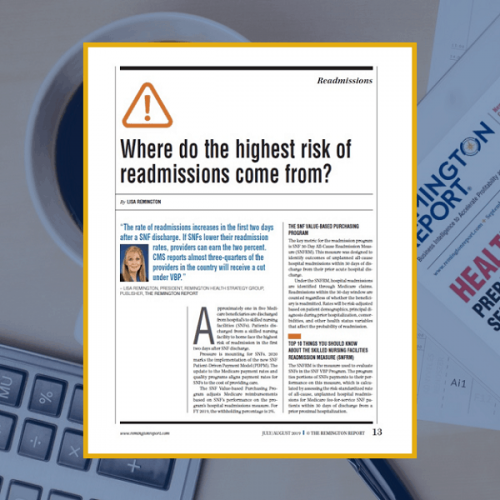 The rate of readmissions increases in the first two days after a SNF discharge. If SNFs lower their readmission rates, providers can earn the two percent. CMS reports almost three-quarters of the providers in the country will receive a cut under VBP. This article is free to 1-Year Classic and 2-Year Premium subscribers.
The rate of readmissions increases in the first two days after a SNF discharge. If SNFs lower their readmission rates, providers can earn the two percent. CMS reports almost three-quarters of the providers in the country will receive a cut under VBP. This article is free to 1-Year Classic and 2-Year Premium subscribers. -

90-Day Framework to Hardwire Home Care’s Role and Opportunities in Medicare Advantage Plans: An Executive Coaching Academy
In just 90-days, your organization can quickly master its understanding of home care’s critical role in Medicare Advantage plans through our Executive Coaching Academy. In just three months, you’ll gain the expertise to understand your organization’s role and opportunities, identify the critical ways to align as a partner, improve outcomes, identify challenges, and build a winning strategic roadmap. Through tailored one-on-one coaching, your organizational three readiness assessments, Master Classes, and team-based sessions, you’ll receive the guidance, feedback, and insights your organization needs to create stronger partnerships and higher engagement with Medicare Advantage plans. We have already helped more than 10,000 home care providers crack the code on success. We’ve mastered how leaders learn and how they lead. With team-based enrollment for up to 10 participants, your organization can learn, grow, and succeed together. Live Virtual Program Begins: February 20, 2025. 2nd Live Virtual Program: March 27, 2025. 3rd Live Virtual Program: April 17, 2025 If you miss the live programs they will be made available on-demandRapid Learning in 3 Phases Over 90 Days
- Phase 1 (Days 1-30): Medicare Advantage Plan Primer: Hardwiring What Home Care Providers Need to Know About Their Key Role and How it Impacts MA Plans - Live Virtual: February 20, 2025
- Phase 2 (Days 31-60): Strategies to Hardwire Home Care’s Role: Identifying the Goals and Incentives of Medicare Advantage Plans and How to Meet Them Live Virtual: March 27, 2025
- Phase 3 (Days 61-90): Measuring, Monitoring, Tracking Performance: Hardwiring Quality Metrics, Scorecards, and Improvement Targets Important to Medicare Advantage Plans and Your Organization - Live Virtual April 17, 2025
-
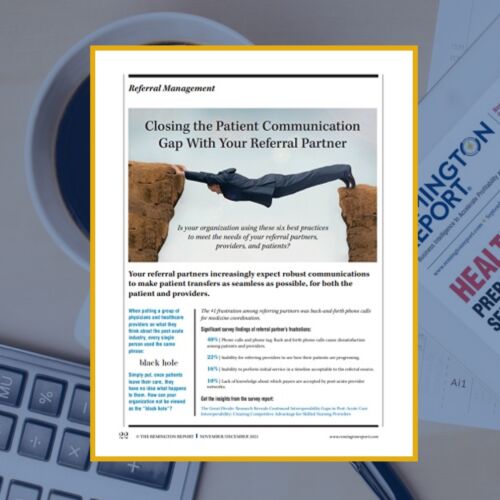 Across the board, we see from referral sources and other care providers alike that they really feel as if they’re part of the care team now instead of the end of the line where a patient goes when they get out of the hospital. Your peers share their thoughts and solutions. This article is free to 1-Year Classic and 2-Year Premium subscribers.
Across the board, we see from referral sources and other care providers alike that they really feel as if they’re part of the care team now instead of the end of the line where a patient goes when they get out of the hospital. Your peers share their thoughts and solutions. This article is free to 1-Year Classic and 2-Year Premium subscribers. -
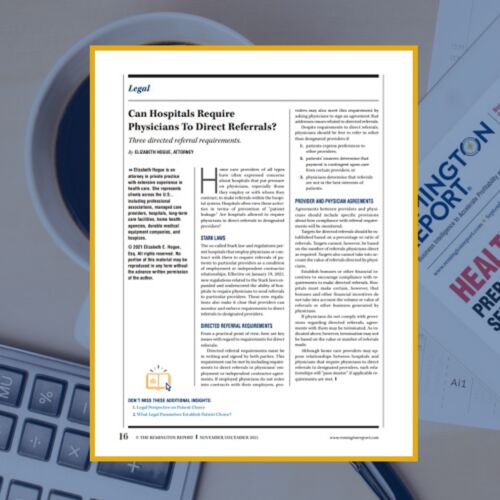 Effective on January 19, 2021, new regulations related to the Stark laws expanded and underscored the ability of hospitals to require physicians to send referrals to particular providers. These new regulations also make it clear that providers can monitor and enforce requirements to direct referrals to designated providers. This article is free to 1-Year Classic and 2-Year Premium subscribers.
Effective on January 19, 2021, new regulations related to the Stark laws expanded and underscored the ability of hospitals to require physicians to send referrals to particular providers. These new regulations also make it clear that providers can monitor and enforce requirements to direct referrals to designated providers. This article is free to 1-Year Classic and 2-Year Premium subscribers. -
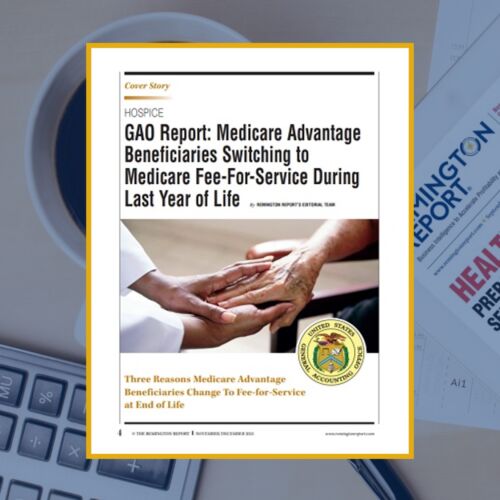 Medicare Advantage beneficiaries are switching to Medicare Fee-for-Service during their last year of life according to a Government Accountability Office study. The federal government would have saved $912 million during 2016 and 2017 had fewer Medicare Advantage enrollees opted into traditional Medicare during their last year of life, the GAO estimates. This article is free to 1-Year Classic and 2-Year Premium subscribers.
Medicare Advantage beneficiaries are switching to Medicare Fee-for-Service during their last year of life according to a Government Accountability Office study. The federal government would have saved $912 million during 2016 and 2017 had fewer Medicare Advantage enrollees opted into traditional Medicare during their last year of life, the GAO estimates. This article is free to 1-Year Classic and 2-Year Premium subscribers. -
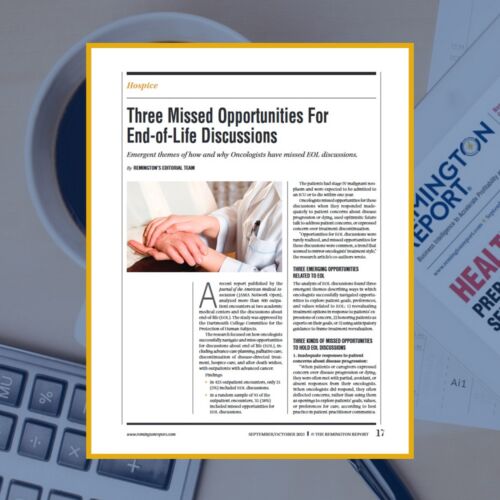 Recent research discusses the missed opportunities for discussions about end-of-life, including advance care planning, palliative care, discontinuation of disease-directed treatment, hospice care, and after-death wishes, with outpatients with advanced cancer. This article is free to 1-Year Classic and 2-Year Premium subscribers.
Recent research discusses the missed opportunities for discussions about end-of-life, including advance care planning, palliative care, discontinuation of disease-directed treatment, hospice care, and after-death wishes, with outpatients with advanced cancer. This article is free to 1-Year Classic and 2-Year Premium subscribers.
